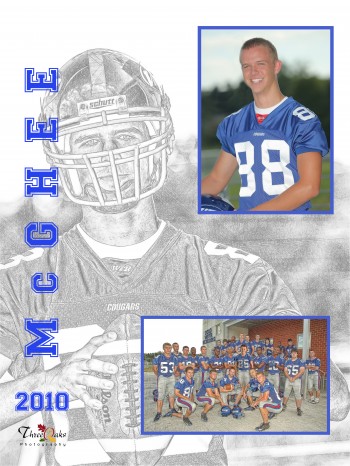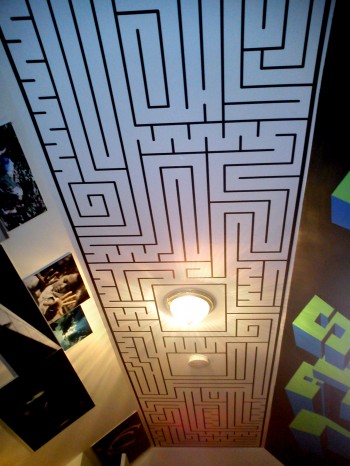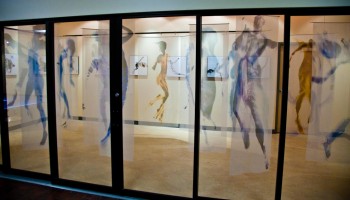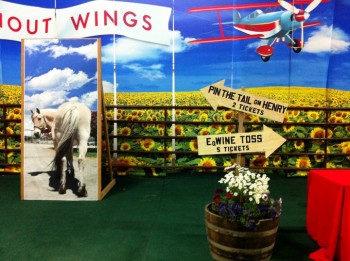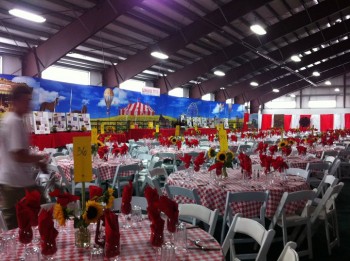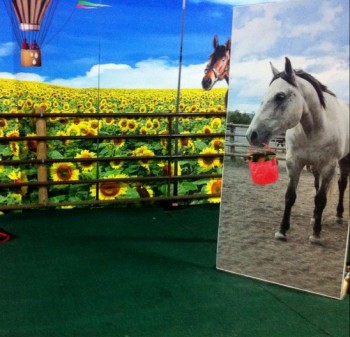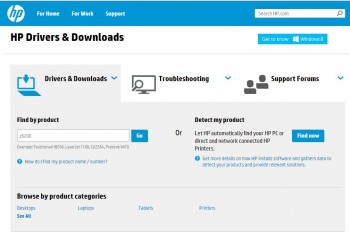 One of our longtime team members at LexJet, Michael Clementi, recently brought up the fact that Apple released the latest Mac operating system (OS) on Oct. 22 called Mavericks (or, OS X 10.9, if you prefer). It’s a free download from Apple if you’d like to update your OS.
One of our longtime team members at LexJet, Michael Clementi, recently brought up the fact that Apple released the latest Mac operating system (OS) on Oct. 22 called Mavericks (or, OS X 10.9, if you prefer). It’s a free download from Apple if you’d like to update your OS.
However, before you update, be aware that – as with any other OS update – compatibility may be an issue with software drivers loaded on your current OS, which includes your wide-format printers. In fact, if you’re buying a new computer, whether Mac or PC, with a different OS you should check the compatibility on any software or printers you transfer to that OS before you update.
Check with your printer manufacturer to download drivers for your OS. Following are links to the pertinent driver pages for Canon, Epson and HP …


